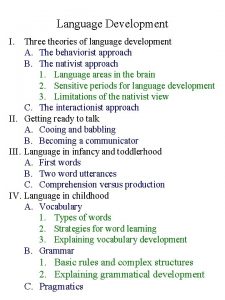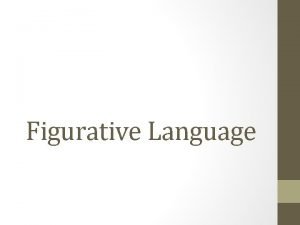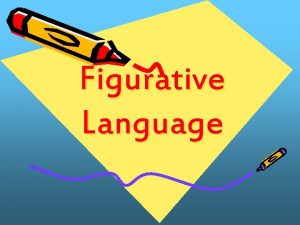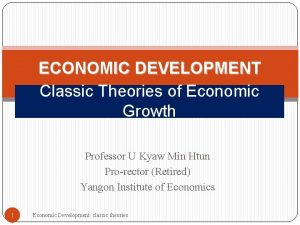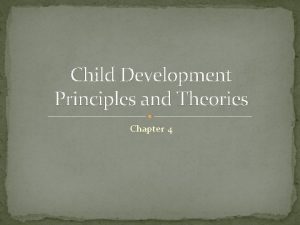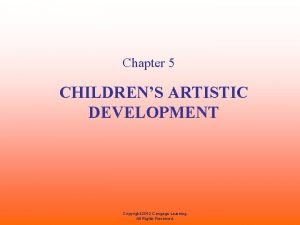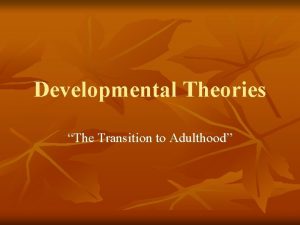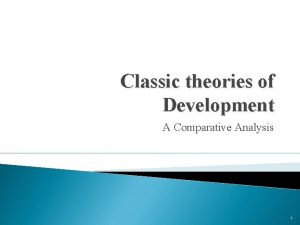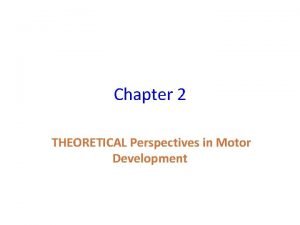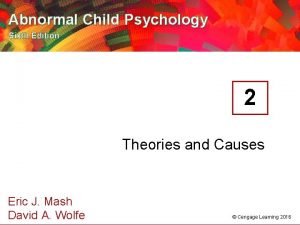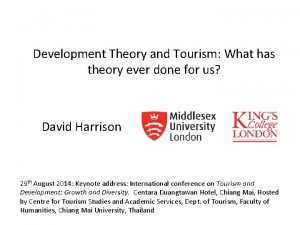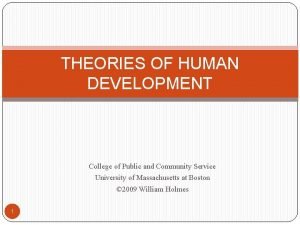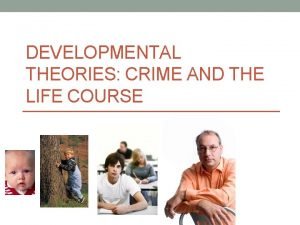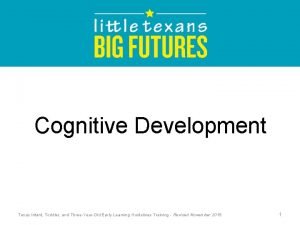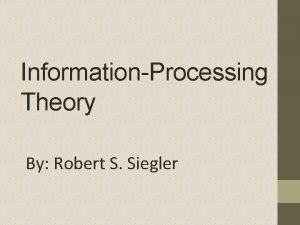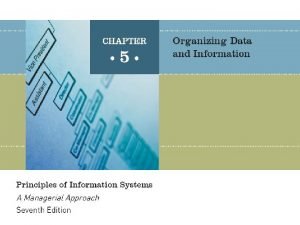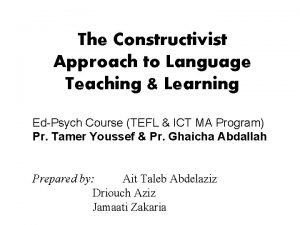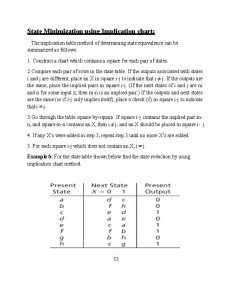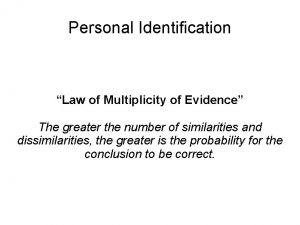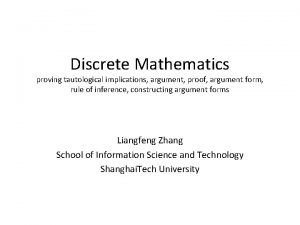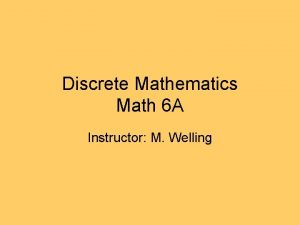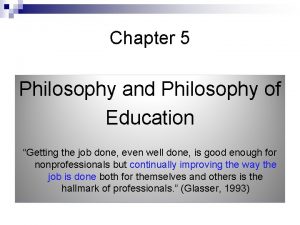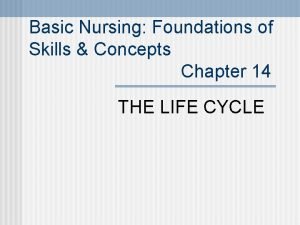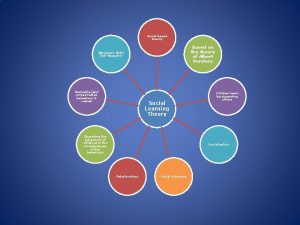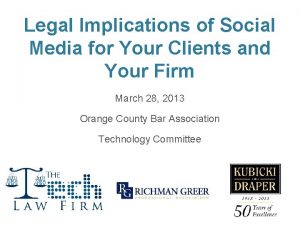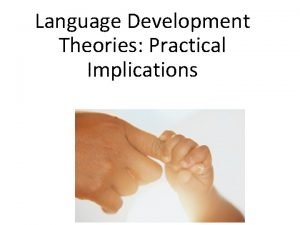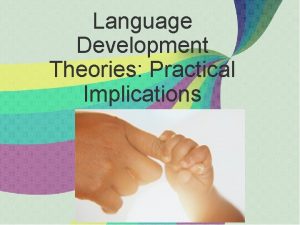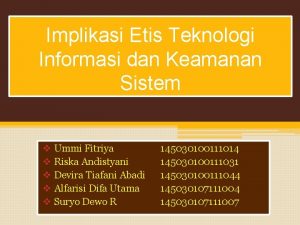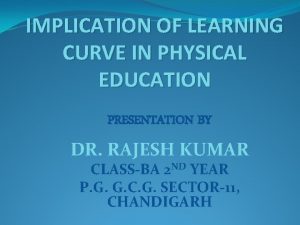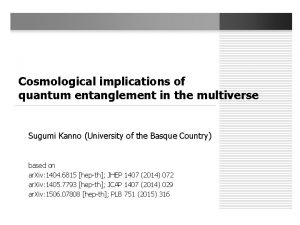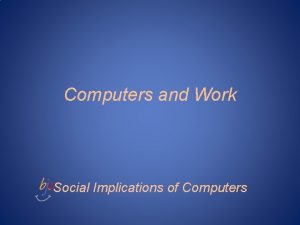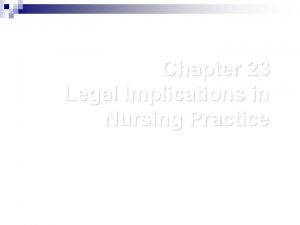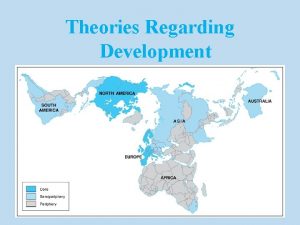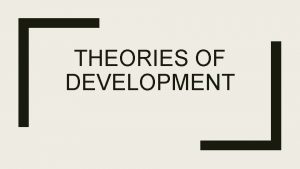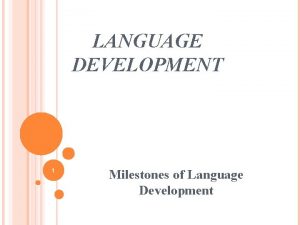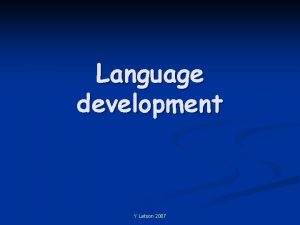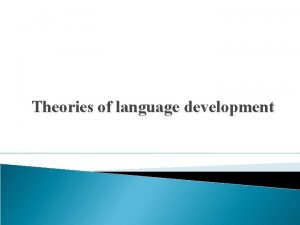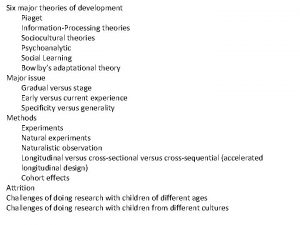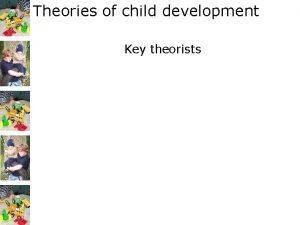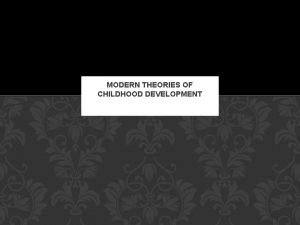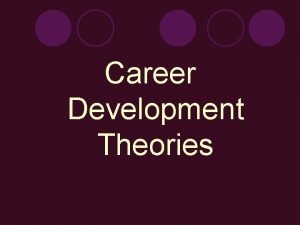Language Development Theories Practical Implications Most information taken








































- Slides: 40

Language Development Theories: Practical Implications

Most information taken from: • Roseberry-Mc. Kibbin, C. , Hegde, M. N. , & Tellis, G. (2019). An advanced review of speech-language pathology: Preparation for Praxis and comprehensive examination. Austin, TX: Pro-Ed, Inc.

Power. Point Outline** • I. Introduction • II. Theories of Language Acquisition • A. Behaviorist theory • B. Social interactionism theory • C. Cognitive theory of Piaget • D. Nativist theory of Chomsky • E. Information processing theory

I. INTRODUCTION** • Children begin developing language at birth as they interact with their caregivers. • Children from culturally and linguistically diverse backgrounds are exposed to diverse experiences; this diversity creates the concepts to which children attach symbols, or words.

II. Theories of Language Acquisition** • A. Behaviorist Theory: • B. F. Skinner • Explains acquisition of verbal behavior • Verbal behaviors are learned under appropriate conditions of stimulation, response, and reinforcement • Breaks verbal behavior down into echoics, mands, tacts



In therapy, clinicians who use principles of the behaviorist theory: ** • Select specific target responses, create appropriate antecedent events, and reinforce correct responses • Clearly established criterion for success (e. g. , 80% accuracy)

For example: ** • Target: The child will use the word earth in a sentence. • Appropriate antecedent event “What planet do we live on? ” • Child: “We live on planet Earth. ” • SLP: Right! Great! Here’s a

• Sheldon trains Penny Youtube


For example: ** • When shown a picture and asked “What’s this? ” Ryan will label the object or action with 80% accuracy. Ryan will use plural –s in short 2 -3 word phrases with 80% accuracy.

B. Social Interactionism Theory** • Language function, not structure, is emphasized • Language develops as a result of children’s social interactions with the important people in their lives • Vygotsky (Russian psychologist): language knowledge is acquired through social interaction with more competent and experienced members of the child’s culture

According to social interactionism theory:


Clinical Implications:

How would you motivate the following clients to talk? What specific materials and methods would you use? • Silent 2 -year old boy (good comprehension) • Reluctant 7 -year old girl • Recalcitrant 15 -year old (does not want to cooperate)

• C. Cognitive Theory** • Jean Piaget • Emphasizes cognition, or knowledge and mental processes • Language acquisition is made possible by cognition and general intellectual processes • Two forms: strong cognition hypothesis and weak cognition hypothesis

Strong cognition hypothesis: ** • Cognitive abilities are prerequisites to language skills • Language will absolutely not develop without these cognitive abilities

Weak cognition hypothesis: • Cognition can account for some of a ch’s lang abilities, but not all

Piaget’s stages of cognitive development: • Sensorimotor (birth-2 years)

Youtube video: • Lucille Piaget’s sensorimotor

Preoperational (2 -7 years)

Concrete Operations (7 -11 years)** • Acquires conservation and classification skills • Child less egocentric, has ability to see others’ points of view

Youtube • A typical child on Piaget’s conservation tasks

Formal Operations (over 11 years)

Clinical implications of the cognitive theory:

Also…. ** • If cognitive skills are low, why bother with language therapy? It won’t help, because the foundation (cognition) is not there • Thus, children with (low) cognitive skills that are commensurate with their (low) language skills are denied therapy

Lastly…** • Clinicians must assess and treat cognitive precursors to language and facilitate development of these precursors before working on language itself • So, with a very young child, you would work on symbolic play and object permanence before you tried to have a child say her first word

• D. Nativist Theory: ** • Noam Chomsky • All children are born with a Language Acquisition Device (LAD) • This is a specialized processor that is a physiological part of the brain --Children have an innate to acquire language capacity


Chomsky introduced the concepts of:

surface structure Deep structure

Clinical implications of the nativist theory are scant:

Drawbacks:

• E. Information Processing Theory

Phonological processing: ** • Concerned with processes involved in a child’s ability to mentally manipulate phonological aspects of language • These include word rhyming, syllabication, etc.

Temporal auditory processing: ** • Child’s ability to perceive the brief acoustic events that make up speech sounds and track changes in these events as they happen quickly in the speech of other people • Child’s capacity for and speed of processing • Children with problems can’t remember and repeat back digit strings, lists of real or nonsense words, etc. —esp. if fast

If we can provide early intervention for children with language impairments…** • We will prevent many future problems and help these children achieve their social, academic, and professional potential

Power. Point Outline • I. Introduction • II. Theories of Language Acquisition • A. Behaviorist theory • B. Social interactionism theory • C. Cognitive theory of Piaget • D. Nativist theory of Chomsky • E. Information processing theory
 Language acquisition device
Language acquisition device Three theories of language development
Three theories of language development How does the speaker solve his dilemma
How does the speaker solve his dilemma The road not taken figurative language
The road not taken figurative language What is the yellow fog compared to in a simile
What is the yellow fog compared to in a simile Simile in the road not taken
Simile in the road not taken Theories about
Theories about Hollis chenery
Hollis chenery Child development principles
Child development principles Kellogg's stages of drawing
Kellogg's stages of drawing Levinson life stages
Levinson life stages Chenery's patterns of development
Chenery's patterns of development Motor learning theories
Motor learning theories Theories of normal and abnormal development
Theories of normal and abnormal development Theories of tourism development
Theories of tourism development Theories of human development
Theories of human development Developmental theories
Developmental theories Piagetian and information processing theories 8-18 months
Piagetian and information processing theories 8-18 months Siegler information processing theory
Siegler information processing theory Characteristics of database approach
Characteristics of database approach Constructivism
Constructivism Implication table state minimization
Implication table state minimization Nursing implications for synthroid
Nursing implications for synthroid Law of multiplicity of evidence in identification example
Law of multiplicity of evidence in identification example How audience negotiate meaning in mil
How audience negotiate meaning in mil Marketing implications
Marketing implications Tautological implications
Tautological implications Implication math examples
Implication math examples Branches of philosophy
Branches of philosophy Marketing implications
Marketing implications Nursing implications
Nursing implications Social learning theory bandura 1971
Social learning theory bandura 1971 Legal implications of social media
Legal implications of social media Implications of nativist theory
Implications of nativist theory Language
Language Implikasi etis dari teknologi informasi
Implikasi etis dari teknologi informasi Educational implications of learning curve
Educational implications of learning curve Implications of quantum entanglement
Implications of quantum entanglement Social implications of computers
Social implications of computers Chapter 23 legal implications in nursing practice
Chapter 23 legal implications in nursing practice Ranexa nursing implications
Ranexa nursing implications

